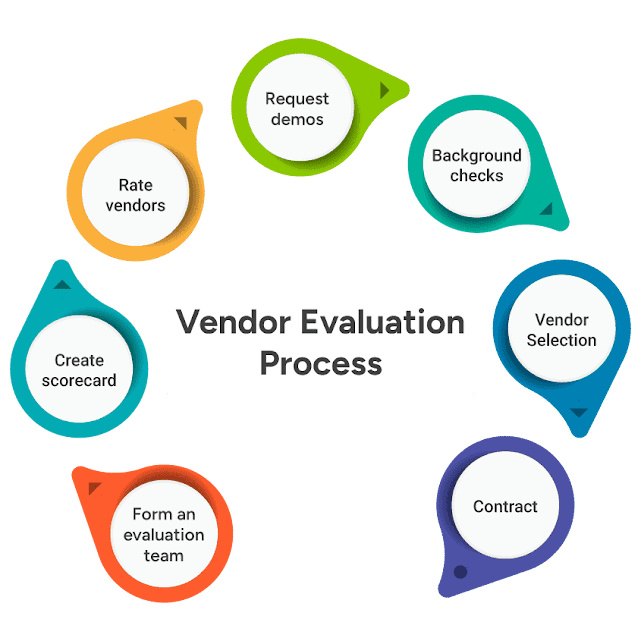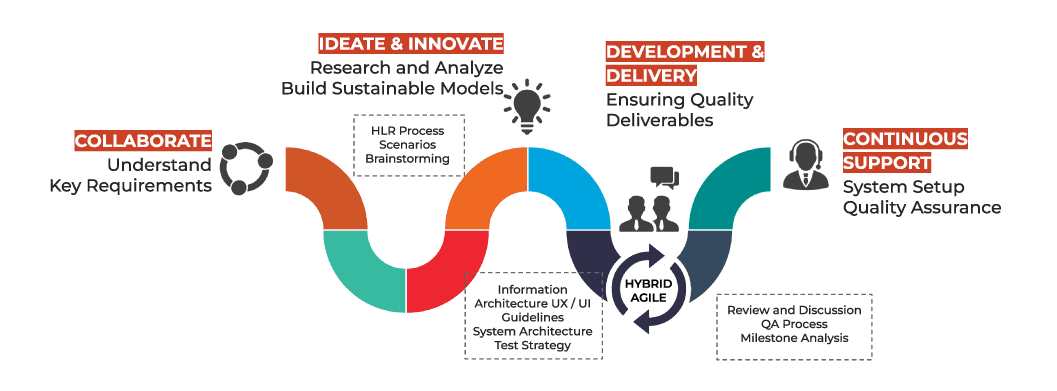Submit a Request for Proposal (RFP)
Vendor Proposal Submission
Are you looking for a technology partner to help you drive business excellence and unique customer experiences with new-age digital tools? Connect with our experts today to preview the enterprising opportunities.
Share your RFP, RFI, RFQ, ITB, ITT, and other project requirements with us using our submission form.
































































